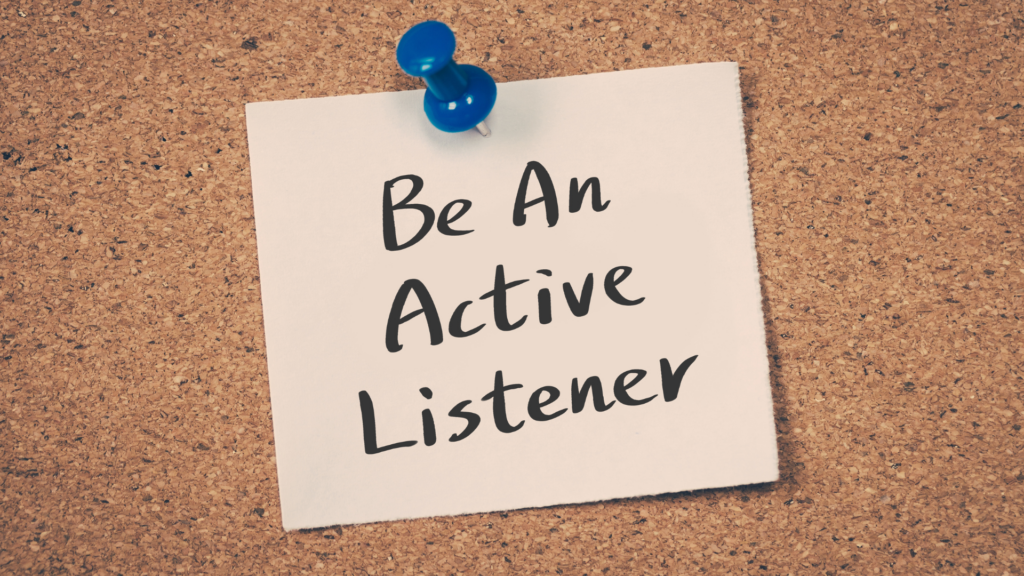In an age of constant communication and information overload, has listening become a lost art?
Often, we find ourselves listening for something - specific answers, confirmation of our assumptions, or data points that serve our agenda. But this type of listening, while efficient, and valid in some scenarios, risks stripping communication of its depth and meaning. To truly connect, we need to master the art of listening to - to the emotions, to the context, and to the subtleties that lie beneath the surface.

Why We Need to Listen, to Understand Meaning
Listening to is about embracing the whole picture. It requires us to set aside preconceived notions and immerse ourselves fully in the act of hearing. When we listen this way, we capture not just information, but intent, emotion, and nuance. This is crucial in so much of our research and insight world, whether listening to a client and how they frame a research challenge; listening to stakeholders to understand their agenda; and to our participants to understand their context, and them as a whole person. The real message often hides between the lines.

Listening for information can make us effective note-takers, but listening to allows us to become empathetic collaborators. Imagine sitting in a team meeting. Listening for might lead you to jot down a list of action points, but listening to could reveal a colleague’s unspoken hesitation or excitement, a different action and outcome.
Mastering the Art of Listening requires:
- Suspending Judgment: Approaching conversations with an open mind, resisting the urge to jump to conclusions or filter the speaker’s words through our own biases.
- Paying Attention to Non-Verbal Cues: Meaning isn’t always in the words themselves. Tone, pace, facial expressions, and body language often communicate much more than spoken words.
- Asking Open-Ended Questions: Encouraging speakers to elaborate invites depth and clarity. And it demonstrates that we’re interested.
The Impact of Listening to
When we truly listen to others, we transform communication into connection.
When understanding stakeholders, it fosters collaboration and mutual respect. It allows us to see the world from their perspective.
When conducting the actual research, it allows us to understand context, to create emotional bonds, that build trust and empathy. It encourages people to tell us more.

Ultimately, the art of listening to is about valuing meaning over efficiency. It’s a skill that takes patience, openness, and mindfulness to develop - but it’s worth the effort. By understanding meaning rather than just information, we unlock the true power of communication, and uncover richer insights.
Uncover Deeper Truths. Talk to Hummingbird Insights

